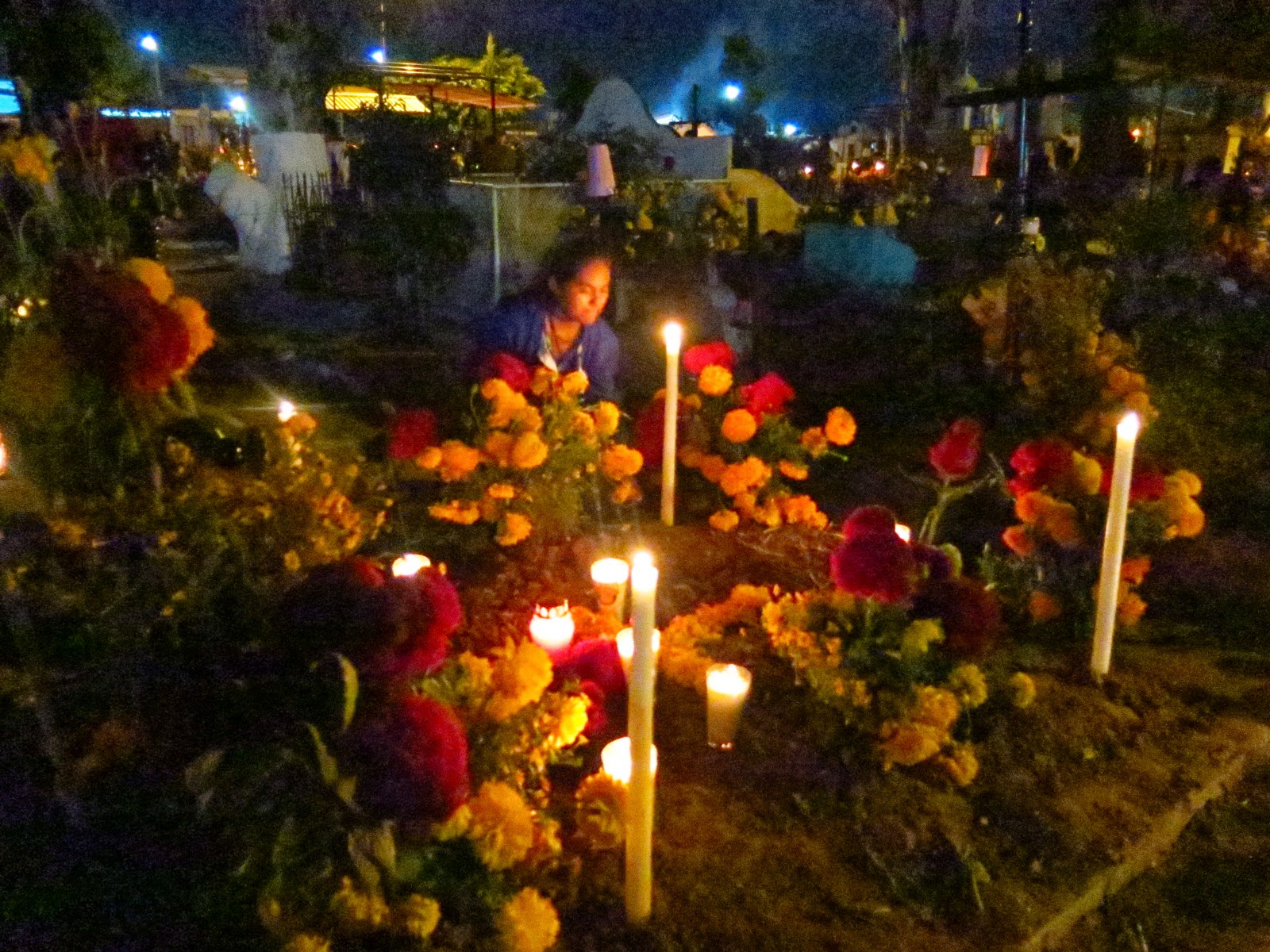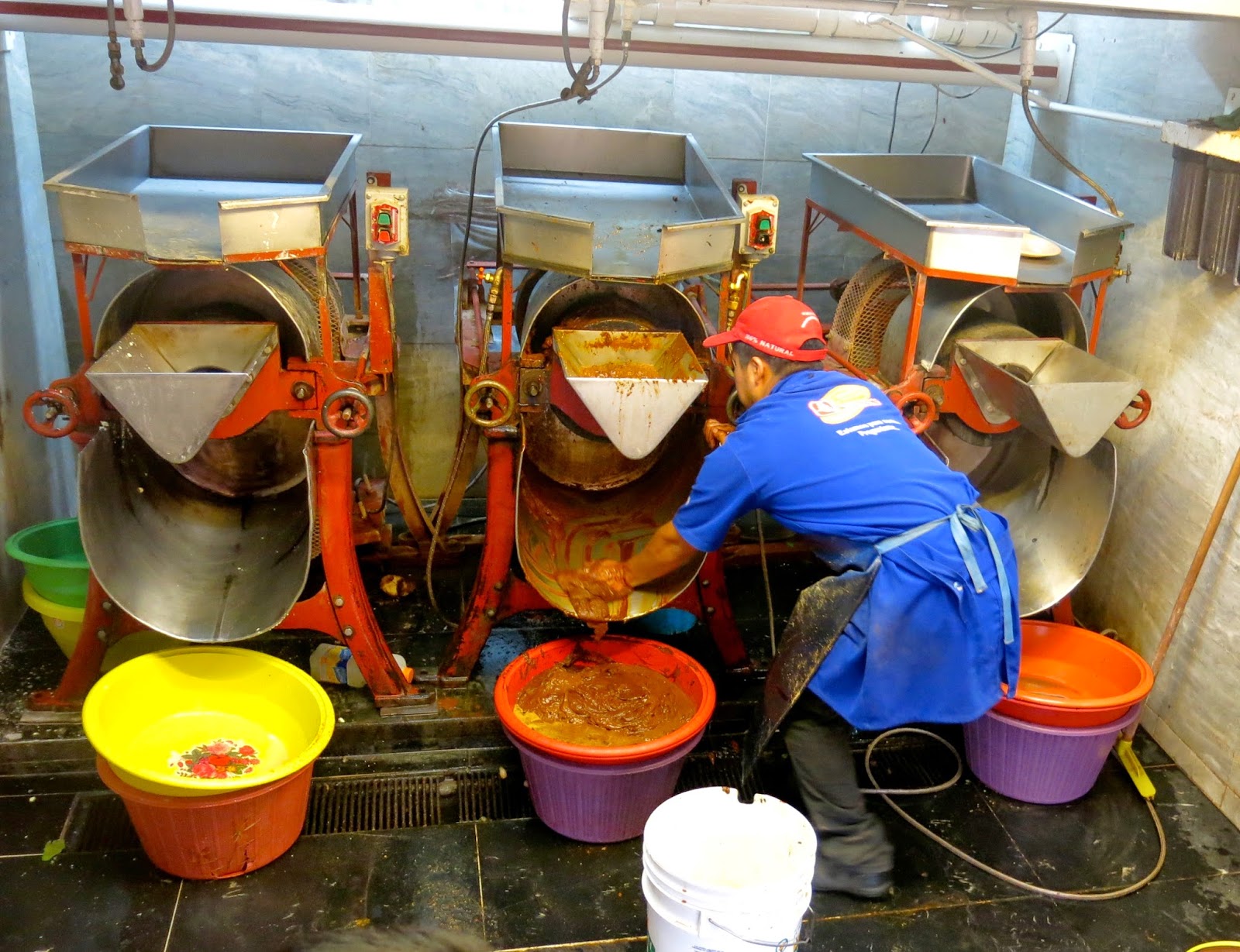 |
| Life, as it is called, is for most of us one long postponement. Henry Miller |
|
|
As summer comes to an end, my thoughts once again turn to the road and my departure to Oaxaca. I feel very fortunate to be able to live the life I do, moving back and forth between two beautiful places. But travel is much more than just a beautiful place. As Henry Miller once wrote, "One's destination is never a place but rather a new way of looking at things". The ability to live this lifestyle is a matter of good fortune on one hand and priorities and the right choices on the other.
I recently received an e-mail from a friend who is an accomplished photographer and children's book author. He has just submitted his 115th book for publication and is ready to start another. He wrote,"In one sense I feel very blessed and seeing life through the perspective
of age. In a couple of months I'll be 85. Retire? I did that when I
turned 30 and began to do what I wanted to do. And I'm still doing it".
His words struck a chord with me. Isn't that what it is all about, doing what you really want to do in life? How many of us put that off until "retirement", only to find out it is too late?
The sketch that illustrates this post was done by Marie on one of our trips to Mexico. We met on the road and the road played an integral part of our 35 years together. When Marie passed away, I decided to continue the lifestyle that we so loved. It is certainly a different journey, but still full of wonder and newness. I wrote a poem after Marie's death to accompany her sketch:
Asi es el camino
 |
| Watch out for the train |
The roads of Mexico
heading south toward the border
make me wonder where we are going,
where we belong.
Home is where the heart is,
but hearts can stop
and one can lose their sense of place.
Así es el camino
weaving and wandering
ups and downs
but always leading somewhere.
The road map of life takes time to decipher,
many topes to cross and detours to take
before one arrives at destination unknown.
¡Buen viaje a todos!

 At first I thought that perhaps I was mistaken about what evolution was supposed to be, so I looked in up the Merriam Webster online dictionary:
At first I thought that perhaps I was mistaken about what evolution was supposed to be, so I looked in up the Merriam Webster online dictionary:



 And later this month there is another gathering of hope on the coast of Oaxaca calling for the defense and autonomy of territory.
And later this month there is another gathering of hope on the coast of Oaxaca calling for the defense and autonomy of territory.









































